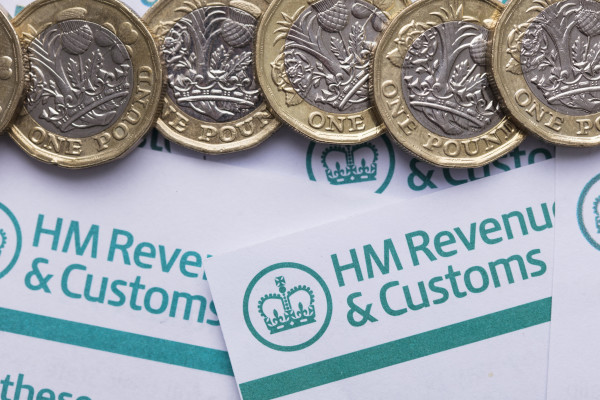In the past few months, there has been a lot of uncertainty over income tax, and the pendulum has swung from additional rate tax being axed altogether, all the way to the starting point being lowered to gather more people into the net.
This, along with the freezing of the personal allowance and higher-rate threshold, means that most of us will be paying more tax than ever in the next few years.
As a result, pension tax relief will be even more valuable, so here is a reminder of how it all works.
The basic premise for pension tax relief is that you get back the tax you paid, whatever rate of tax that might be.
There are two main ways in which tax relief is granted on member contributions – relief at source and net pay. Employer contributions work differently, as it is the employer, not the pension member, who gets the tax bonus.
Salary sacrifice can have national insurance contribution savings for both employer and employee, so we will look at that too.
Relief at source
Relief at source is the method used by all personal pensions, along with some workplace pensions. The scheme must be registered with HM Revenue & Customs in order to be able to operate RAS.
When personal contributions are made they are paid net of basic rate tax, then the scheme administrator will claim the basic rate tax back from HMRC and apply it to the member’s account.

Whether or not someone has annual allowance available does not impact how much tax relief they receive – they still get the relief as normal
In order to make a RAS contribution, the member must have sufficient UK relevant earnings in the tax year the contribution is made.
Whether or not someone has annual allowance available does not impact how much tax relief they receive – they still get the relief as normal. However, an annual allowance charge would apply to any excess.
The scheme administrator will make the reclaim from HMRC on a monthly basis. Depending on when in the month the contribution is made, it can take between seven to 11 weeks for the tax relief to be applied to the account, although some schemes do pre-fund this.
The tax relief will always be applied at 20 per cent (the current basic rate of income tax), regardless of what tax rate the member pays.
Those that pay higher rates of tax can claim the extra back, but it is important to note that those that pay less tax do not have to repay the difference.











